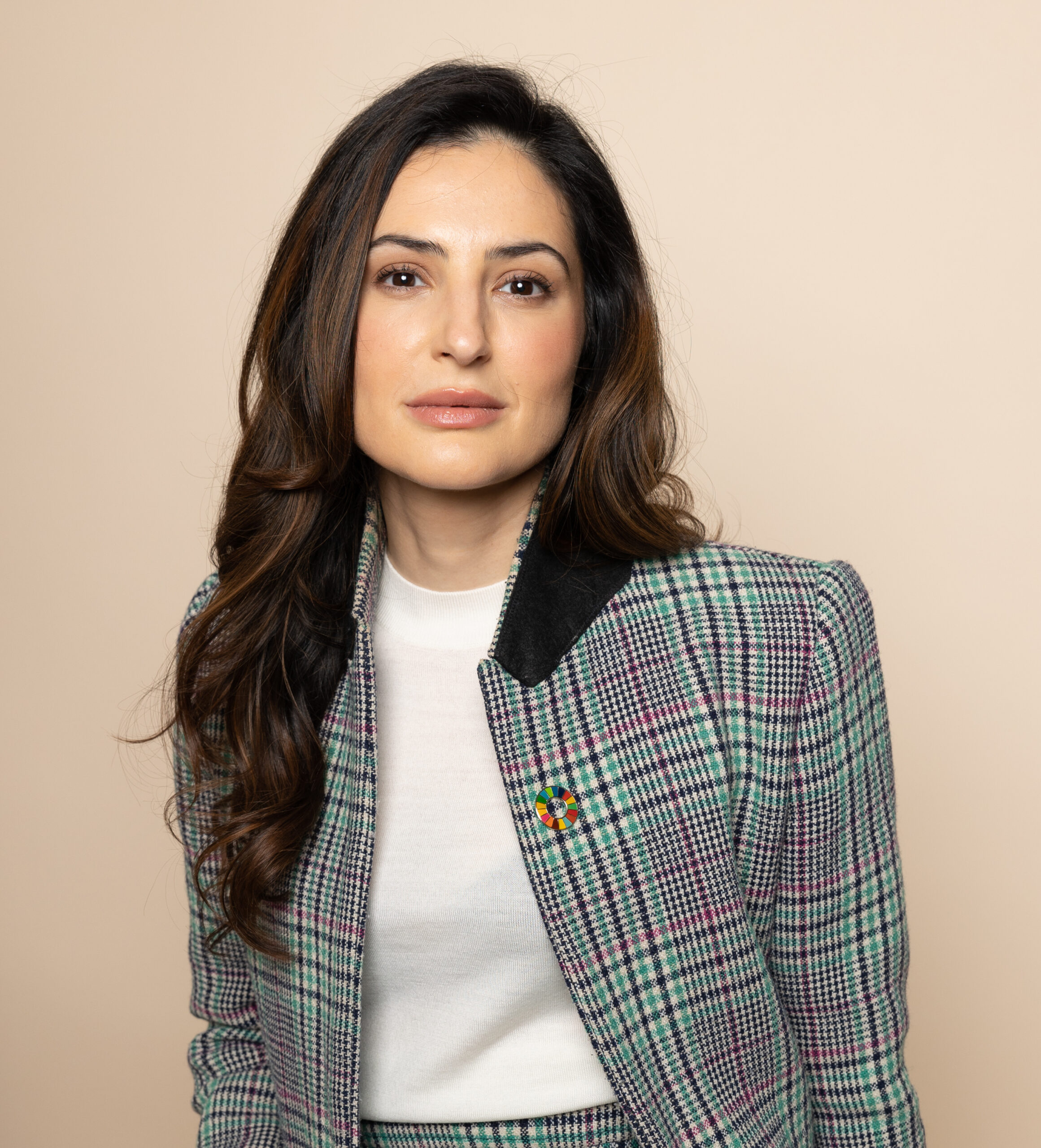Stories | November 24, 2020
Hyosung’s Spandex Innovations Prove Stretch and Sustainability Can Coexist

Sarah Jones, a business reporter with Sourcing Journal, interviewed Mike Simko, Hyosung Global Marketing Director – Textiles, for a recent promotional article that ran in Rivet. The two discuss the way in which stretch and sustainability can co-exist in the denim market. The article is as follows.
The pandemic has given consumers more time to reassess their wardrobes. After closet purges at the start of lockdowns, they have shifted their habits toward making highly considered purchases.
During shelter in place, sustainability also got put under a microscope as shoppers researched the impact their choices have on the planet. In an April 2020 study from Accenture, 45 percent of consumers said they were making more sustainable shopping choices than before Covid, with plans to continue doing so.
“While some people thought, maybe because of cost-consciousness, that people are going to not be as conscientious about circularity and sustainability and eco-friendliness, I would say the empathy conversation is just getting stronger and stronger,” said Mike Simko, global marketing director for textiles at South Korea-based fiber producer Hyosung.
As consumers increasingly seek out sustainability, Hyosung is working to create eco-friendly stretch solutions. The company is the leading producer of spandex, supplying approximately one-third of the world’s supply. Due to its position, Hyosung is also playing a prominent part in the fashion industry’s low impact makeover. “If we want to continue to be in that leadership role, we’re going to have to step up and not just offer a sustainable product, but quite frankly multiple sustainable products,” Simko explained.
Part of why Hyosung is hard at work developing multiple eco-friendly options is that sustainability priorities are not the same for every fashion brand.
For instance, some are concerned about the use of non-renewable resources. In response, the company’s creora® bio-based spandex replaces petroleum with corn. Aside from eliminating fossil fuels from the process, the corn pulls carbon dioxide from the air as it grows. When paired with cotton, creora bio-based spandex enables brands to tell a plant-based sustainability narrative.
Meanwhile, companies that are more focused on waste reduction could use creora regen spandex made of 100 percent reclaimed waste. Hyosung went all in on the initiative, choosing to use fully recycled inputs rather than just including them as a portion of the raw materials. In categories such as swimwear or activewear, mixing recycled nylon or polyester with recycled spandex expands the waste reduction impact of the garments.
Another recent Hyosung release is creora eco-soft spandex. This material can be heat set at a temperature that is about 20 degrees Celsius lower than conventional processes. In addition to the energy savings, the spandex allows for a softer handfeel.
Creora Black is a dope dyed spandex yarn in black, allowing mills to reduce their water usage by pairing it with a black dope dyed Tencel or polyester.
Another way to tackle the environmental impact of fashion is to create products that look and feel good for longer. With stretch, one main concern is sagging, or growth. Brands want more than 50 percent stretch but with low growth of around 5 percent, which Simko describes as the “holy grail” combination.
Hyosung is fulfilling this demand with creora 3D Max. Typically, stretch materials need to have a blend of spandex with a stretch polyester, and polyester can limit the efficacy of eco-friendly laser finishing techniques. Creora 3D Max is 100 percent spandex in its core, removing the polyester and allowing mills to put less of the stretch component into the denim. Aside from solving for the quality issue of growth, the elimination of expensive polyester also has a budgetary benefit. “You get your performance, and you actually get a lot of good value,” said Simko. “So it’s actually helping people look at their fabric costs.”
As the focus on circularity in fashion continues to grow, stretch fibers have become a topic of discussion in denim since they add a second type of fiber content to cotton jeans, complicating recycling processes. However, rather than eliminating these synthetics, Hyosung sees the answer in a mix of more plant-based performance materials and ramped up recycling innovations that can handle multiple materials. This will allow stretch fabrics to be a part of fashion’s recycling revolution.
“People do want performance fibers, whether it’s spandex, polyester, nylon,” said Simko. “Those are huge businesses, so we don’t anticipate that they’re going to be going away.”






